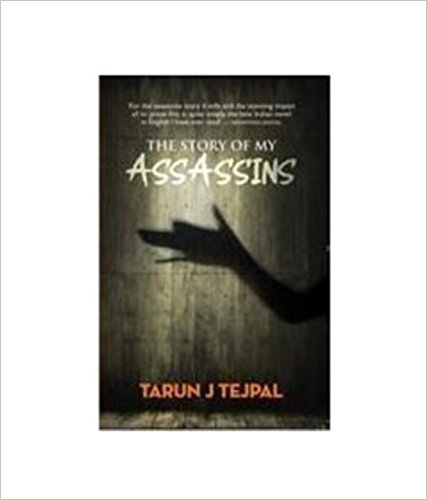The languorous beginning of this 500-page novel complements the aura of indolence that also marks its unnamed first person narrator. The protagonist seems to evoke as straightforward and obvious a persona of the author as T.S. Eliot’s Prufrock, slipping smoothly into Tejpal’s shoes with his credentials as a senior news editor and his familiarity with hobnobbing with the cream of Delhi’s social circles. An alienated protagonist trying to understand and come to terms with a fragmented world around him has been a common enough motif since the beginnings of modernist fiction. But in the melting pot that is Delhi, this narrator-protagonist’s supercilious ennui is a posture that only the urbane, socially and economically advantaged, English educated intelligentsia can afford to cultivate. Bored to distraction by his wife, he turns his back on his home and goes to office early on a Sunday morning but finds sitting in front of the computer there equally irksome and meaningless.
Unflustered by phone calls that inform him of an attempt on his life, he persists in being as incommunicado as possible. Instead, he goes off to visit Sara, with whom he shares an extramarital liaison, but writes of her equally cynically as no more than a sex object par excellence. Sara’s relentlessly radical politics and militant ideology that questions, argues about and wants to correct every social practice, institution and person within the matrices of power leaves him cold, sometimes infuriated, and she is silenced only by a ‘nailing to the wall’, a deviant, standing-up variation of the sex act that reduces her to the stereotype of the weak, passive, cooing female partner, rendering irrelevant her mission to ‘fix’ things. Impervious to yet satiated by her holier-than-thou vocalizations, he finally drops her like a hot brick, although the central thesis of Sara’s bombastic speechifying continues to simultaneously amuse and disturb the reader.

